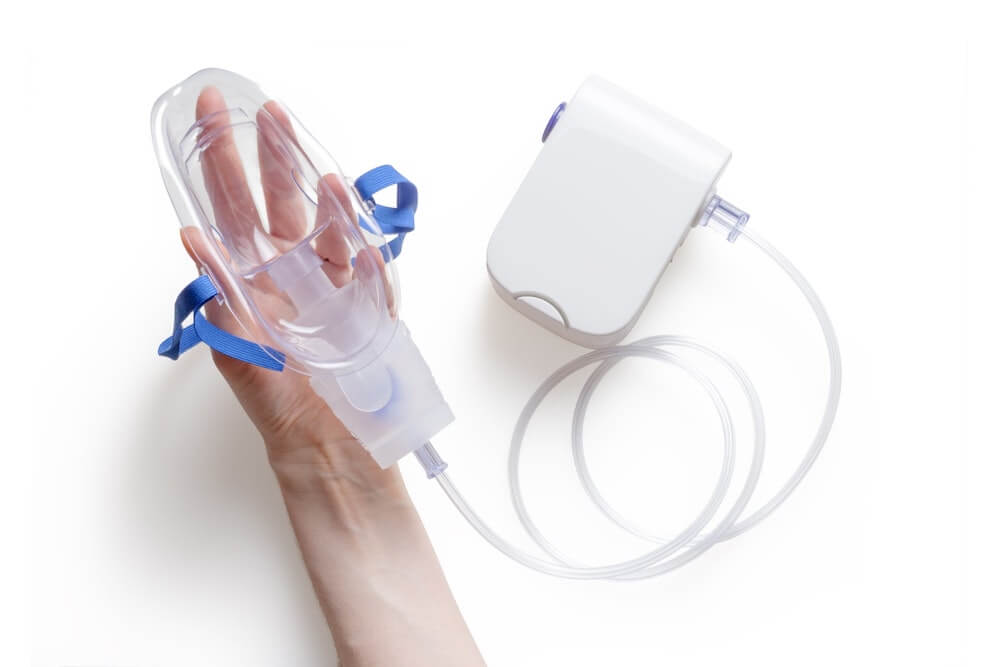Cluster headache is a primary headache syndrome characterized by excruciating pain that can affect your daily activities. The symptoms, risk factors, and treatment options can differ from migraine headaches. Learn how to recognize a cluster headache and what treatment options are available to you.
As the name suggests, cluster headaches can occur at the same time 1-2 times per year lasting 2 weeks to 3 months at a time. Attacks tend to occur during sleep or early morning. Men are more affected than women.
Cluster headache pain can be severe and debilitating. The pain is sharp, stabbing and piercing behind and around the eye area on one side. The pain can last from 5 minutes up to 3 hours and can occur multiple times a day. Cluster headaches can remit from a few months to a few years between attacks.
Unlike migraine headaches, there is no aura, nausea, vomiting, or light or noise sensitivity. However, cluster headaches are associated with autonomic symptoms such as red eyes, tearing, runny nose, nasal congestion, facial sweating, droopy or swollen eyelid on the same side as the head pain.
Risk Factors for Cluster Headaches
- Male sex
- Age greater than 30
- Heavy smoking
- Alcohol
- Stress
- Allergens
- Vasodilators
- Histamines
Acute Treatments for Cluster Headaches
- Pure high-flow oxygen
- Triptans
- Ergot alkaloids
- Nerve blocks
Preventative Treatments for Cluster Headaches
- Calcium channel blockers, mood stabilizers, anticonvulsant medications
- Galcanezumab (Emgality) is the first FDA approved monthly injectable medication for episodic cluster headaches
Book an appointment with our top rated headache specialists today to get your cluster headaches under control!

